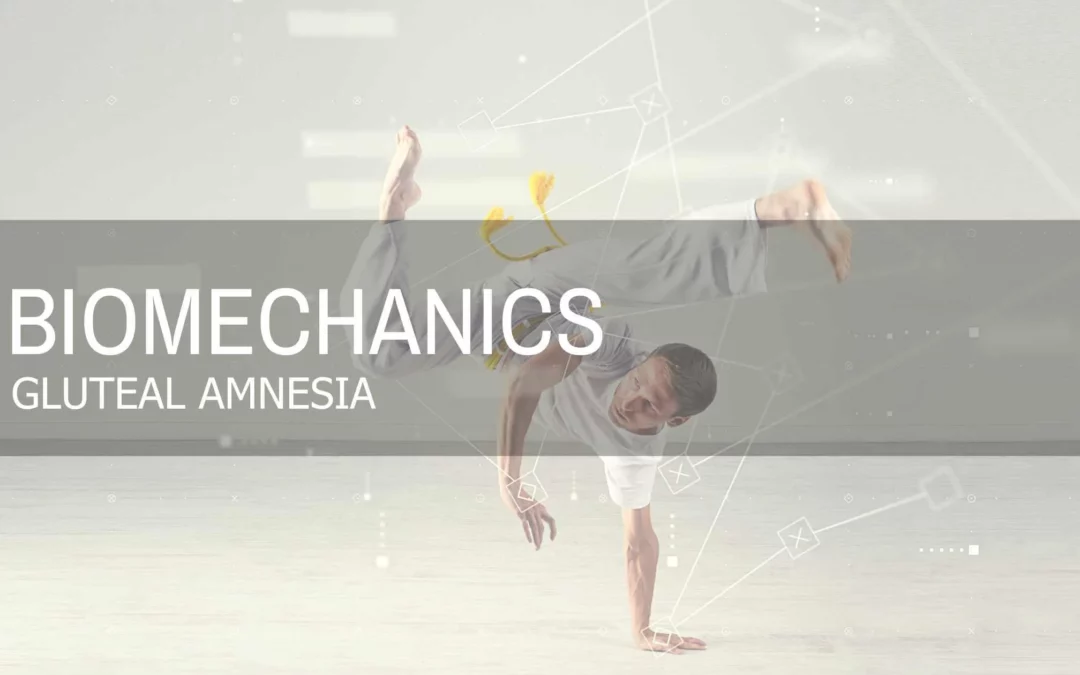What is Gluteal Amnesia Syndrome?
Our buttocks, a central balancing point of the lower half of the body, are made up of the gluteal muscles (gluteus maximus, gluteus medius, gluteus minimus). They help with walking stride, forward momentum/thrusting movements, posture, and hip rotation. If these muscles become underused (aka sitting too long or being overly sedentary), the glutes will turn off, potentially leading to tightness and pain in the lower back, hip flexors, knees, and hamstrings, and poor posture. This state is called gluteal amnesia.
How Does this Happen?
The most common cause is that we sit too much. The human body is designed for efficient upright movement on two feet (standing, walking, and running) and consistent physical activity. However, with the longer hours of sitting at office jobs, engaging in passive forms of entertainment (media consumption through the tv, internet, video games, etc.) and using more sedentary forms of transportation; most of us are forcing our bodies to be at distorted, angled positions for extended periods of time. This means that the glute muscles become underused and deactivated (glute amnesia) while other muscles, such as the hip flexors and hamstrings, become over-activated, leading to tightness and pain in the lower back, hip flexors, knees, and hamstrings, and poor posture. Essentially, our bodies are made to move in an upright position, so when we sit too much, our glutes turn off and it causes the surrounding muscles to overcompensate for the underused muscles.
Other causes also include improper and overtraining of the abdominals and quadriceps, lumbopelvic instability/poor posture, pre-existing neurological/muscular disorders, and injuries to the lower back, hips, groin area, and knees.
Signs of Gluteal Amnesia
- Tightness in hip flexors and hamstrings
- Pain in the lower back, hip flexors, knees, and hamstrings
- Poor posture
- Inability to lift your lower body up parallel to the lower abdominals (a proper bridge)
- Unsteady gait and clearance of steps in relation to forward momentum
How Do You Fix It?
Practice a combination of soft tissue therapy and effective stretching techniques, using a fascia release ball, on the following overactive and/or tight muscles: Quadriceps (Anterior Leg Muscles), Psoas (Deep Hip Flexor), Tensor Fasciae Latae (TFL – Superficial Hip Flexor), the Adductor Complex (Groin Muscles), Peroneals (Lateral Calf Muscles), and Biceps Femoris (Lateral Hamstring Muscles).
We recommend the following exercises:
- Release – Bicep femoris & Quadriceps 60 sec each
- Activate – Laying Prone Single Leg Hip Extension w/internal rotation focus 2 x 20
- Integrate – Side lying window washer (full knee extension) 2 x 20
- Strengthen – Single leg hip press 2 x 20




